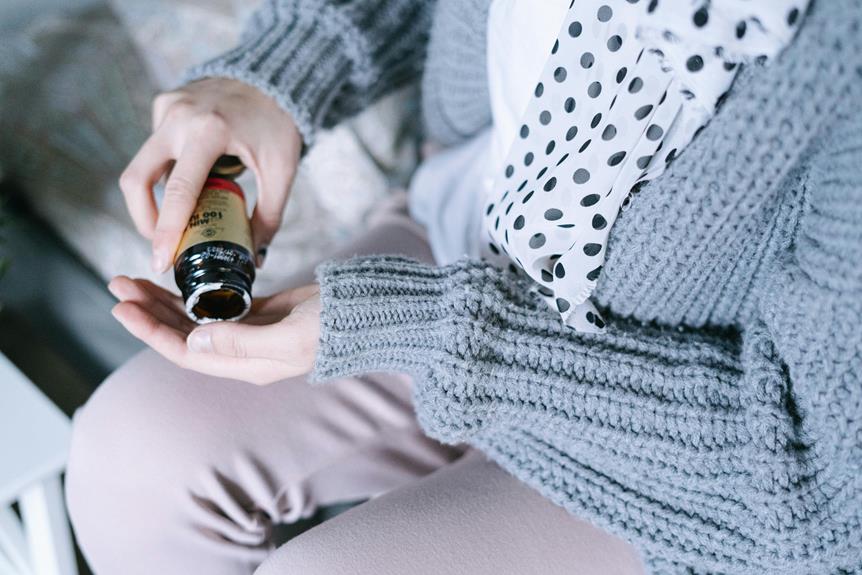
When facing chemotherapy side effects, have you considered the potential benefits of incorporating cold therapy into your treatment plan? Cold therapy has shown promise in addressing inflammation, pain, and swelling, which are common challenges during chemotherapy. By understanding how cold therapy works and its impact on these side effects, you may find a valuable tool in managing your well-being throughout treatment. Curious to explore how this simple yet effective approach can make a difference in your chemotherapy experience?
Mechanism of Cold Therapy
To understand how cold therapy works, envision your body's response to the application of cold temperatures. When cold is applied to a specific area of your body, such as during cold therapy sessions, it causes vasoconstriction, which means the blood vessels in that area constrict or narrow. This constriction reduces blood flow to the area, which can help decrease inflammation and swelling. Additionally, the cold temperature helps numb nerve endings, providing pain relief.
Furthermore, cold therapy can slow down the transmission of pain signals along nerves, leading to a decrease in the perception of pain. The reduced blood flow also limits the amount of fluid that can accumulate in tissues, helping to minimize swelling. This mechanism is particularly beneficial for managing side effects such as inflammation, pain, and swelling that may arise from chemotherapy treatments.
Benefits for Chemotherapy Side Effects
When considering the application of cold therapy to manage chemotherapy side effects, the benefits become evident through the alleviation of inflammation, pain, and swelling associated with the treatment.
Cold therapy can help reduce inflammation by constricting blood vessels, which in turn decreases the release of pro-inflammatory substances. This constriction also aids in relieving pain by numbing the affected area, providing a soothing sensation that can improve overall comfort during chemotherapy.
Moreover, the application of cold therapy helps to reduce swelling by limiting the flow of fluid to the affected area, thereby preventing excessive tissue swelling and promoting quicker recovery from chemotherapy sessions.
Integration Into Cancer Care Routine
Consider incorporating cold therapy as a regular part of your cancer care routine to help manage treatment side effects effectively. Cold therapy can be seamlessly integrated into your daily life to alleviate the discomfort associated with chemotherapy.
By incorporating cold therapy sessions into your routine, you can proactively address common side effects such as pain, inflammation, and neuropathy.
Integrating cold therapy into your cancer care routine doesn't have to be complicated. You can easily incorporate cold therapy sessions into your day by using cold packs or specialized cooling devices at home. These sessions can be scheduled around your chemotherapy treatments to provide relief when you need it most.
Tips for Effective Cold Therapy Use
Incorporating cold therapy effectively requires understanding how to optimize its use for managing chemotherapy side effects. To make the most out of cold therapy, start by ensuring that the cold packs aren't applied directly to the skin but are wrapped in a cloth or towel to prevent frostbite. It's crucial to follow the recommended timing for cold therapy sessions, typically around 20-30 minutes per session, to avoid any adverse effects. Additionally, rotating multiple cold packs can help maintain a consistently low temperature for longer durations.
Remember to communicate with your healthcare team about your cold therapy routine to ensure it complements your chemotherapy treatment plan. If you experience any discomfort or unusual sensations during cold therapy, stop the session immediately and consult your healthcare provider. Consistency is key when using cold therapy to manage chemotherapy side effects, so try to incorporate it into your daily routine for maximum benefits.




